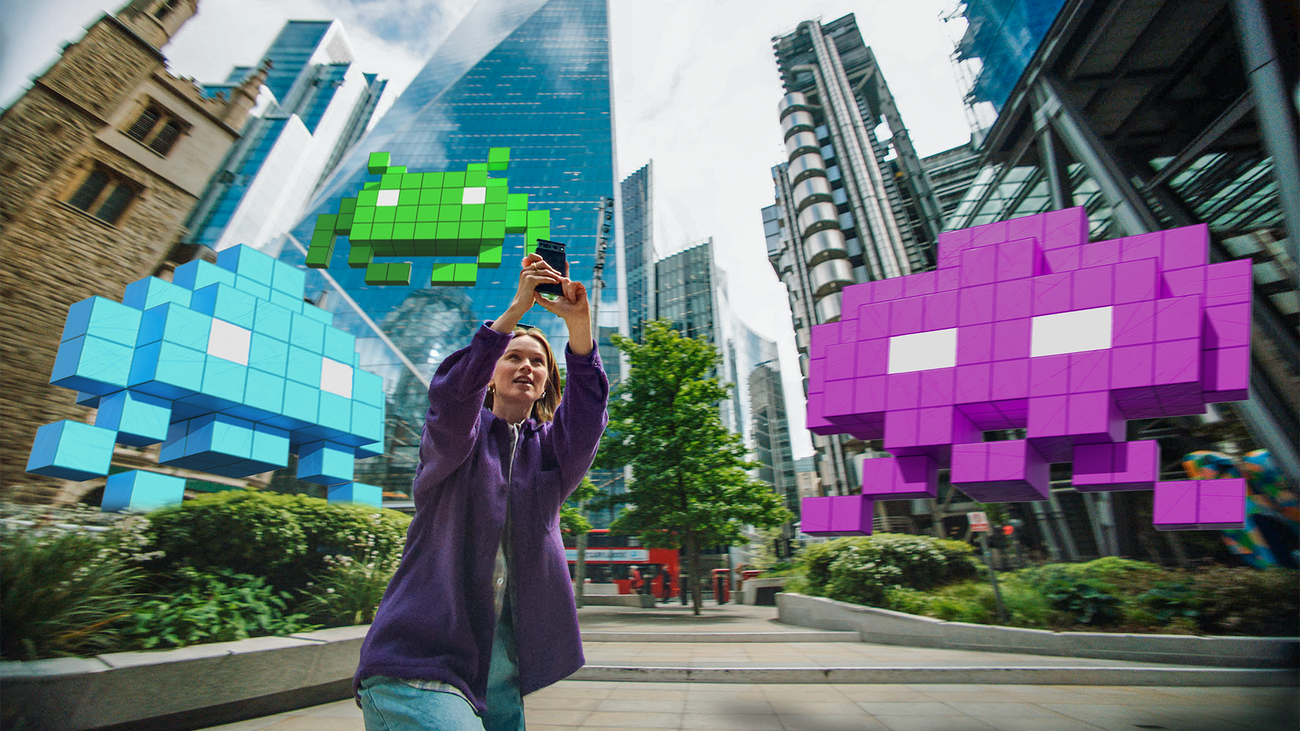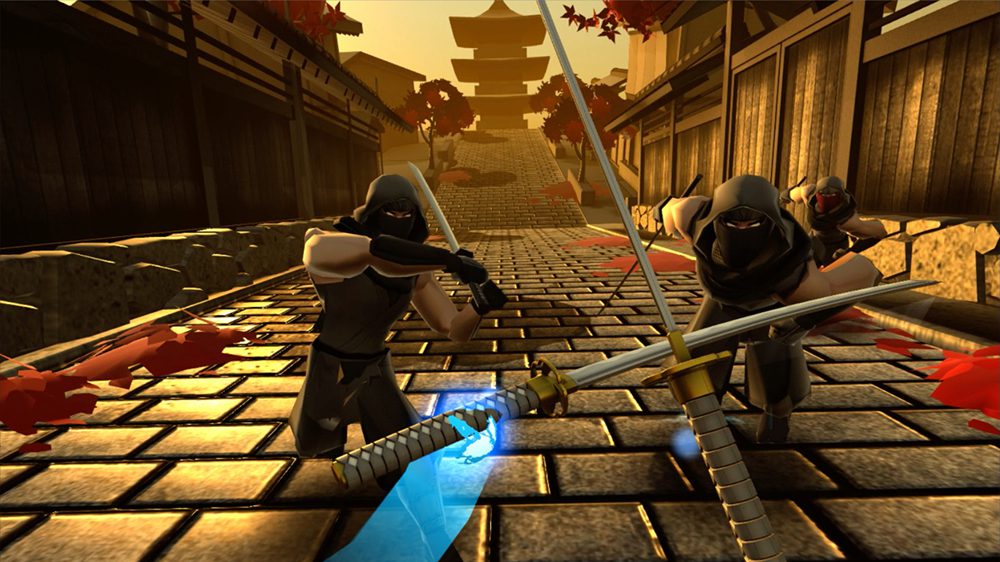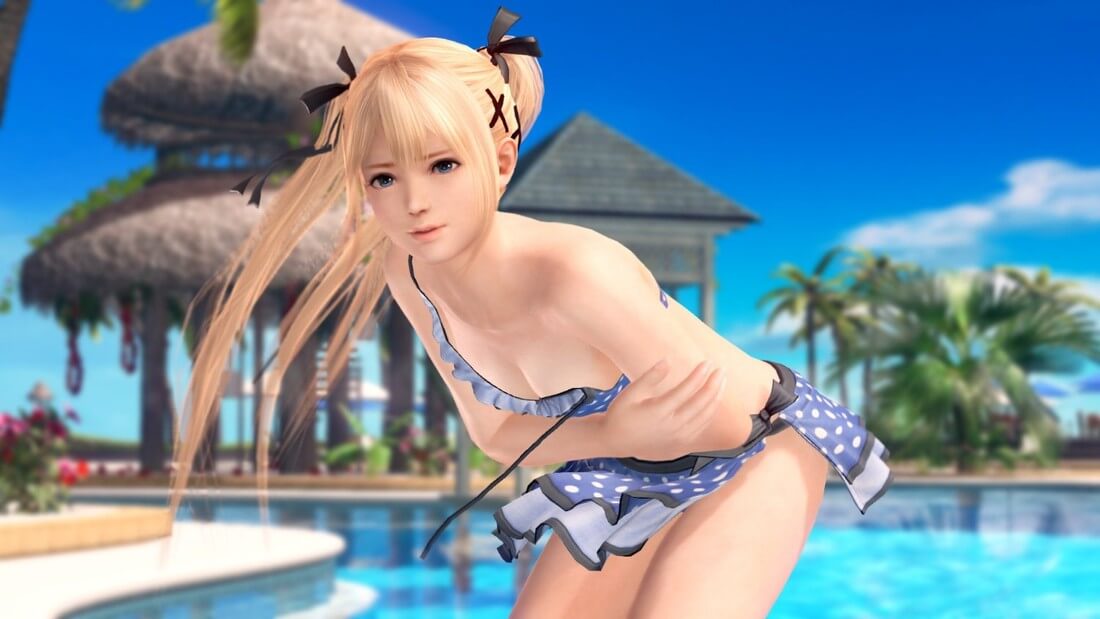Schlagwort: japan
-

Defend the Earth in a new immersive SPACE INVADERS gameDefend the Earth in a new immersive SPACE INVADERS gameSenior Product Manager
Reading Time: < 1 minuteIn honor of the 45th anniversary of the iconic game “SPACE INVADERS,” we partnered with TAITO, the game’s developer, and Unit9 to transform the world into a playground — thanks to augmented reality (AR). “SPACE INVADERS: World Defense,” a mobile game on Android and iOS, invites players from around the world…
-

Keza’s love for the Japanese games industry
Reading Time: 4 minutesKeza MacDonald has been a video games journalist and critic for more than 15 years, and is currently video games editor at The Guardian. In the latest issue of Wireframe magazine, she tells us how her love affair with the Japanese gaming industry started. Follow Keza’s adventures on Twitter When I was…
-

Become a virtual shinobi in the fast paced action experience Ninja Legends
Reading Time: 8 minutesNinjas are awesome. Silently moving through the shadows, they struck with precision and skill to take out their targets. From over-the-top action films, to Saturday morning cartoon heroes in the form of mutant turtles, we’ve always had a fascination with these stealthy assassins. The creative team behind recent Viveport Infinity release Ninja…
-

VR Weekly: Tower Tag in Tokio und Magic Leap One
Reading Time: 2 minutesIn dieser Woche stehen in unserem VR Weekly hauptsächlich zwei Themen auf unserer Liste: Sega holte unser VR-Spiel Tower Tag in die riesige Arcade Joypolis in Tokio. Außerdem gibt es einige Neuigkeiten zur AR-Brille Magic Leap One, die Chris und Patrick diskutieren. VR Weekly Plus: Tower Tag und Magic Leap im Fokus…
-

-

World of Warcraft Wedding in Taiwan spotted
Reading Time: < 1 minuteThere are World of Warcraft fans, and then there’s this newly wed couple from Taiwan. With the groom wearing an impressively imposing suit of armor and the bride outfitted in a draping gown adorned with intricate, fantasy-driven embellishments, this geeky couple is really committed to the video game theme as they…
-

Nintendo Wii no longer for sale in Japan
Reading Time: < 1 minuteJust a few weeks ago, we informed you that Nintendo was planning to stop the production of the Nintendo Wii ’soon‘, at least in Japan. Well, today is the day. The company has quietly listed the console as „discontinued“ (upper right on the pic above) on its Japanese website. Nintendo has officially stopped selling…
-

3DS Pure White and Clear Black models announced in Japan
Reading Time: < 1 minuteMeet the new Pure White and Clear Black 3DS that the Japanese will enjoy early next-month for 15,000 yen ($152) each. Yes we know, the colors are pretty much identical to the discontinued Cosmo Black and Ice White, at least in the photos. Official Source: http://s251.photobucket.com/user/Kaos2K/media/Maxconsole/clear_black_zps7bbf9fd2.png.html http://www.siliconera.com/2013/09/23/pure-white-and-clear-black-3ds-colors-coming-on-october-10/
-

Asia Girls Now Wear This Strange Mask Instead of Getting Plastic Surgery
Reading Time: < 1 minuteNot everyone who wants plastic surgery can afford it, but now some of those people are able to slip on a Uniface Mask by Chinese designer Zhuoying Li. Simply put, „the science team behind this unique beauty product has developed ‚bionic-skin‘ technology to produce a human-skin-like mask, which is extremely thin…










